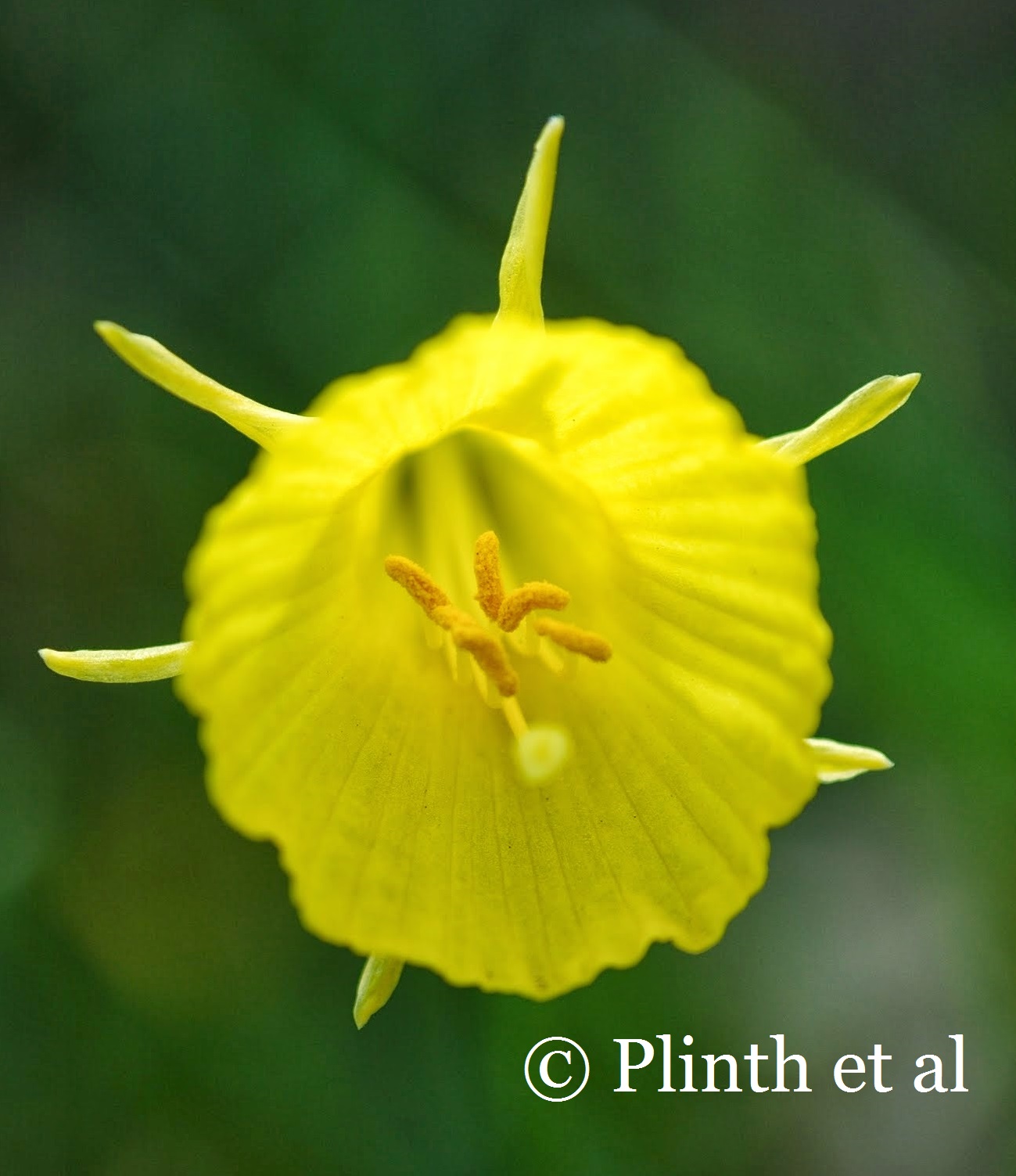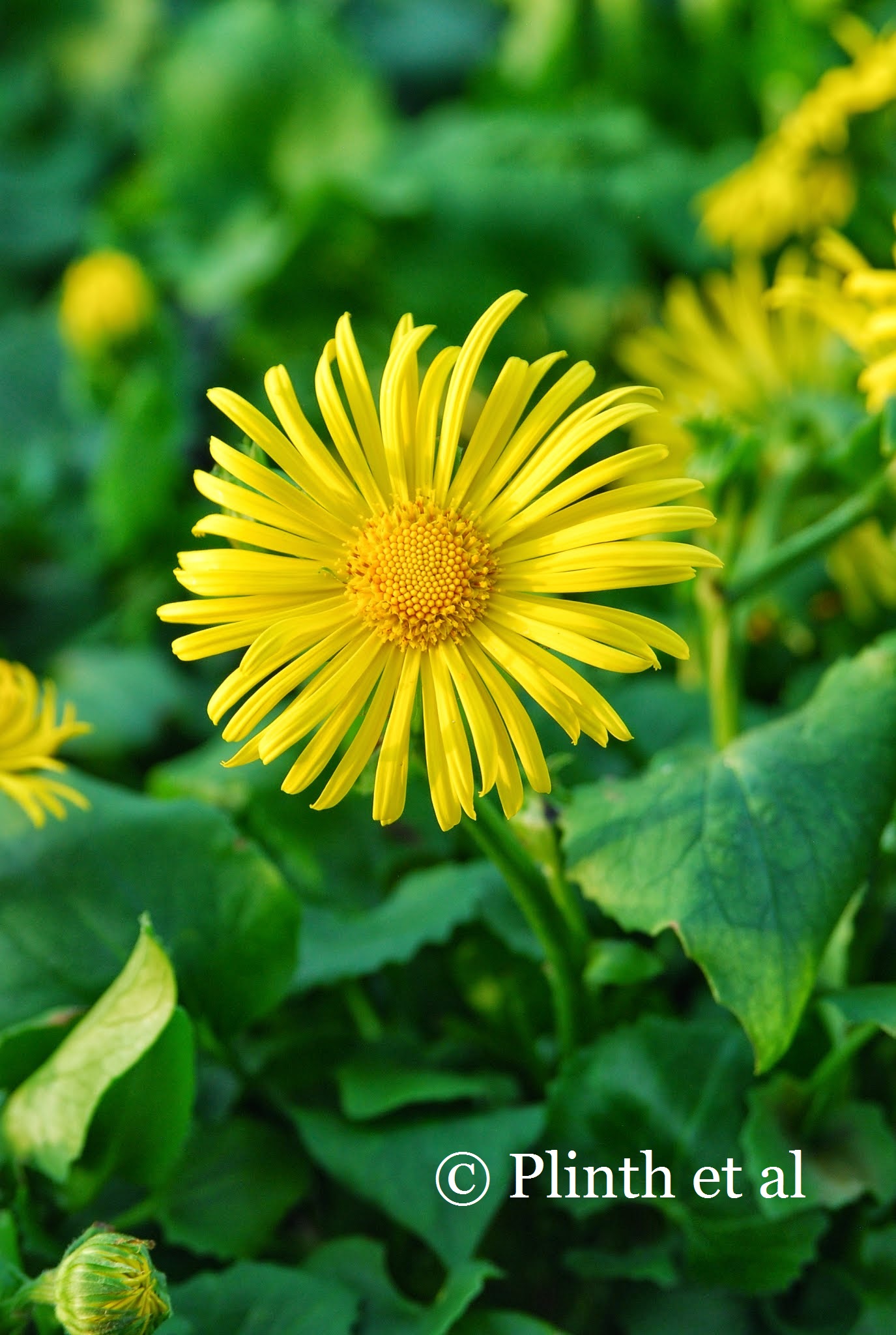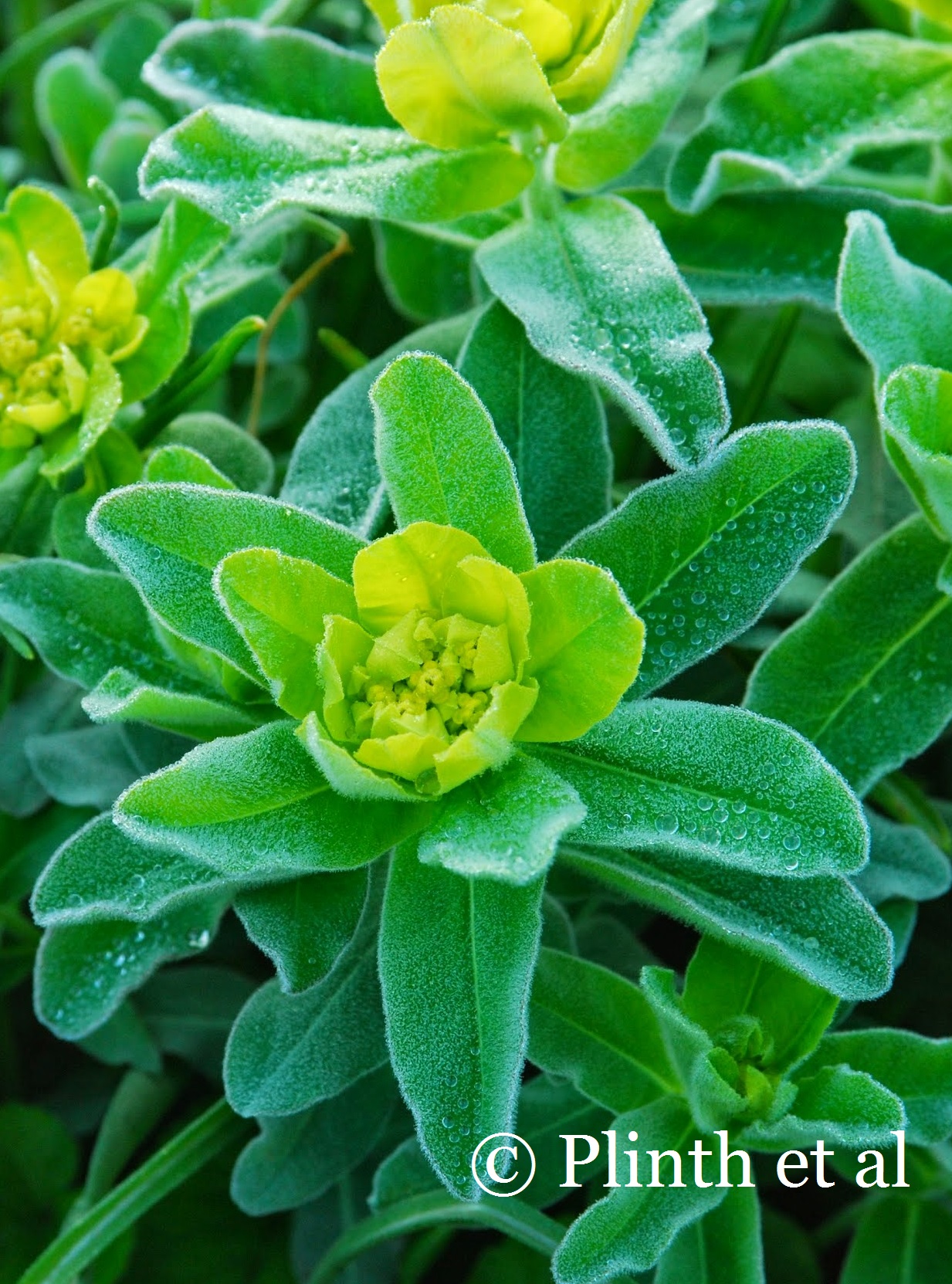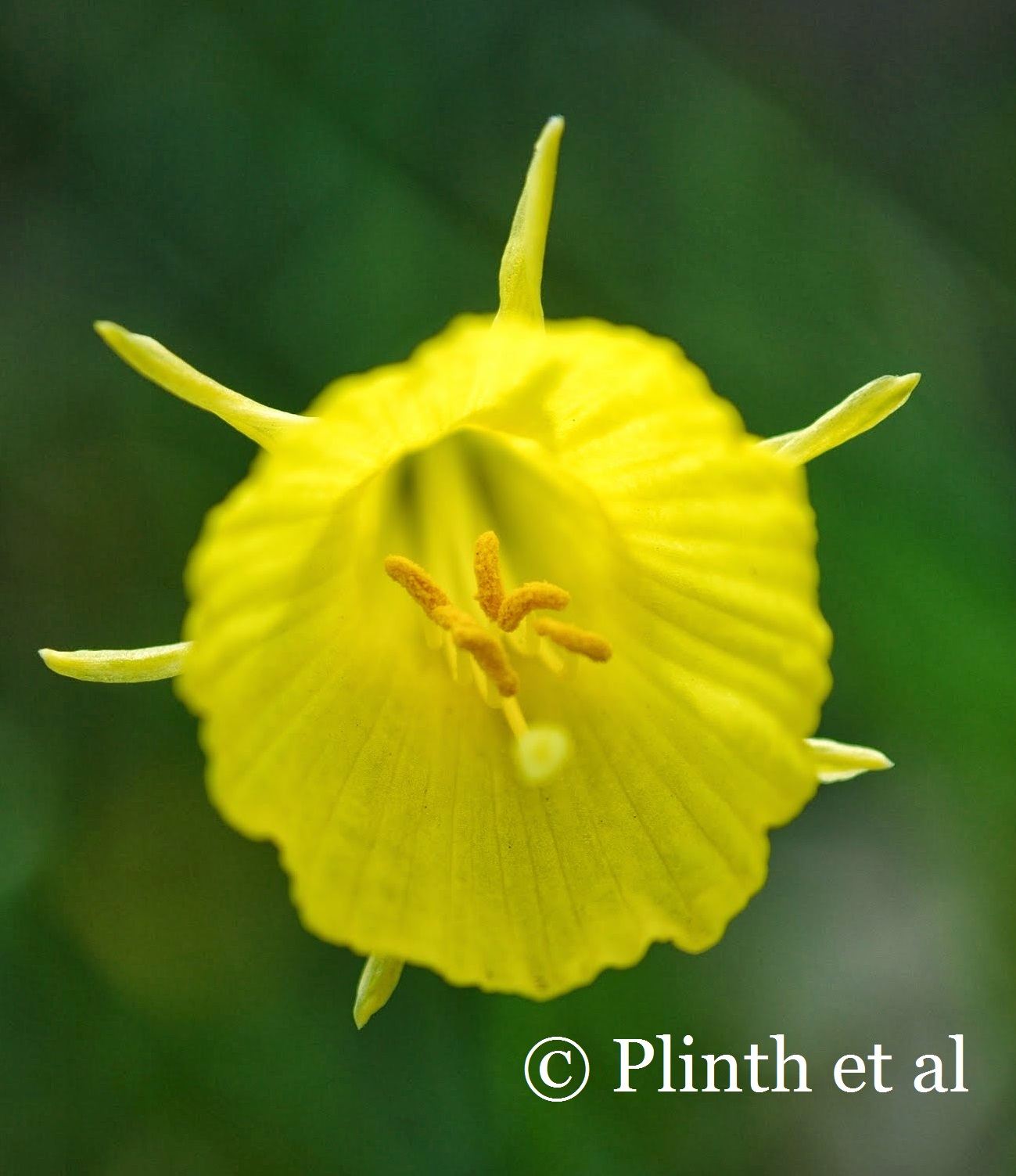Springtime Yellow Stars
Yellow is one of the most misunderstood colors in the garden. As a primary color, it is dominant among the early spring flowers and later in autumnal foliage. The clarity of yellows can be a firm reassurance that winter is gone with warmer days ahead of us. Perhaps the misunderstood reputation comes from its insalubrious association - a jaundiced person is ill, and yellow fever is another name for malaria. Without yellow, the springtime greens, blues, and whites appear cold.

Anemone x lipsiensis 'Pallida', a vigorous hybrid of Anemone nemorosa and A. ranunculoides, has flowers the soft intensity of lemon curd. It is a refined yellow for those shy away from the color's bright glare. As soon as the flowers fade, the foliage begins to dwindle, sending the plant into summer dormancy. The rhizomes then can be lifted up and divided to spread A. x lipsiensis 'Pallida' around. Like other woodland perennials, this anemone prefers partial shade in moist soil.
Close to our native skunk cabbage (Symplocarpos foetidus) is Caltha palustris (marsh marigold). The egg yolk yellow of the flowers look striking against the limpid waters where the plant inhabits. It is hard to imagine how a plant can emerge refined and vivid from the muddy stream sides. Once the chorus of spring peppers begins, you know well that the buds of marsh marigold have broken dormancy somewhere.
A composite stellar for its early spring flowering, Doronicum orientale 'Magnificum' (leopard's bane) kickstarts the garden into full-gear. Its bright yellow flowers have a way of bringing together different spring colors, especially ultramarine Myosotis sylvatica (forget-me-not) or red tulips. Sometimes D. orientale 'Magnificum' will overlap with the last of the late daffodils. Its modest height at 24" with a spread of 18" , although the coarse heart-shaped foliage needs careful placing without overwhelming visually other plants.
Euphorbia polychroma is the earliest spurge to flower in our temperate climate, and the sulphur-yellow flowers are initially held at ground level, making it a luminous note to early bulbs, such as Muscari armeniacum and narcissi. As the spurge surges taller later (12-18"), it still looks good with Allium hollandicum 'Purple Sensation' and late season tulips. 'Bonfire' is a technicolor variation of the straight species, trading a orange glow similar to the emerging buds of Spiraea x blumalda 'Goldflame'. As if to compete with trees lit aflame in autumn, E. polychroma turns crimson for its final hurrah.
Aptly named the hoop petticoat daffodil (the trumpet has assumed exaggerated proportions, leaving the petals nothing more than thin filaments), Narcissus bulbocodium first charmed me when I saw naturalised drifts at Royal Horticultural Society's Wisley. This petite narcissus (8" tall), which hails from Spain, Portugal, and southern France, prefers moist winters and summers, but dry summers. The grass-like foliage is rather inconspicuous, dying down without notice. Narcissus bulbocodium is a popular container subject for alpine houses, allowing visitors to peer closely at the flowers without crouching down on the ground.
Except for Euphorbia polychroma, these springtime stars retire during summer, leaving no indication of their presence. They know well that their spotlights are no longer on them, having deferred towards summer flowering perennials and tropicals. It is an opportune moment for them in early spring and we gardeners are happier at seeing their sunny dispositions after the long gray winter days.
~ Eric











